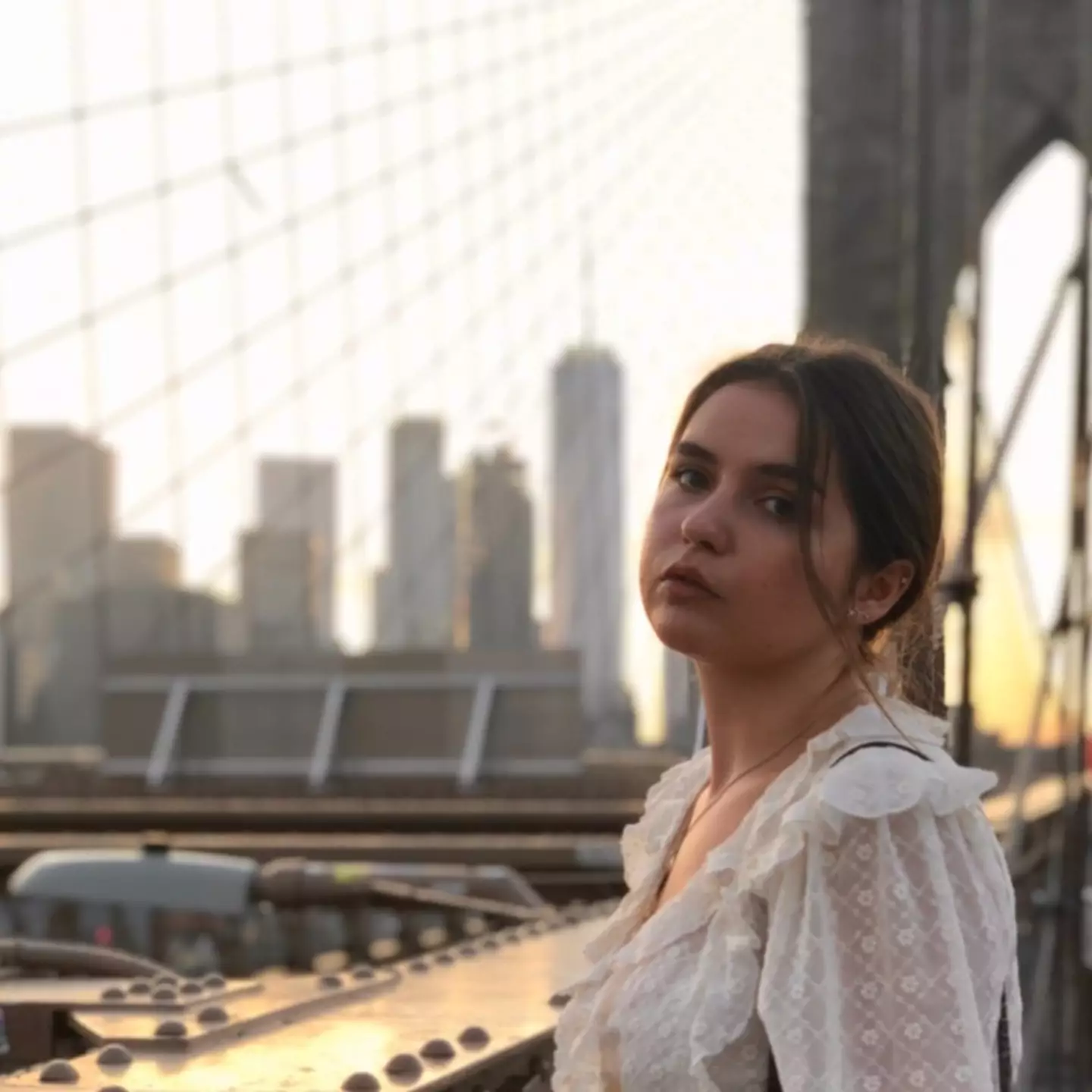
With a rivalry dating back over 50 years, first-person accounts have given insight into the infamous Bloods and Crips gangs.
Throughout the documentary Crips and Bloods: Made in America, narrated by Forest Whitaker, viewers are taken into a cluster of neighbourhoods in Southern California that are home to the Bloods and Crips gangs.
Interviews with current and former gang members, as well as those in the community, paint a picture of the circumstances behind the gangs' origins and what the rivalry between them was really like.
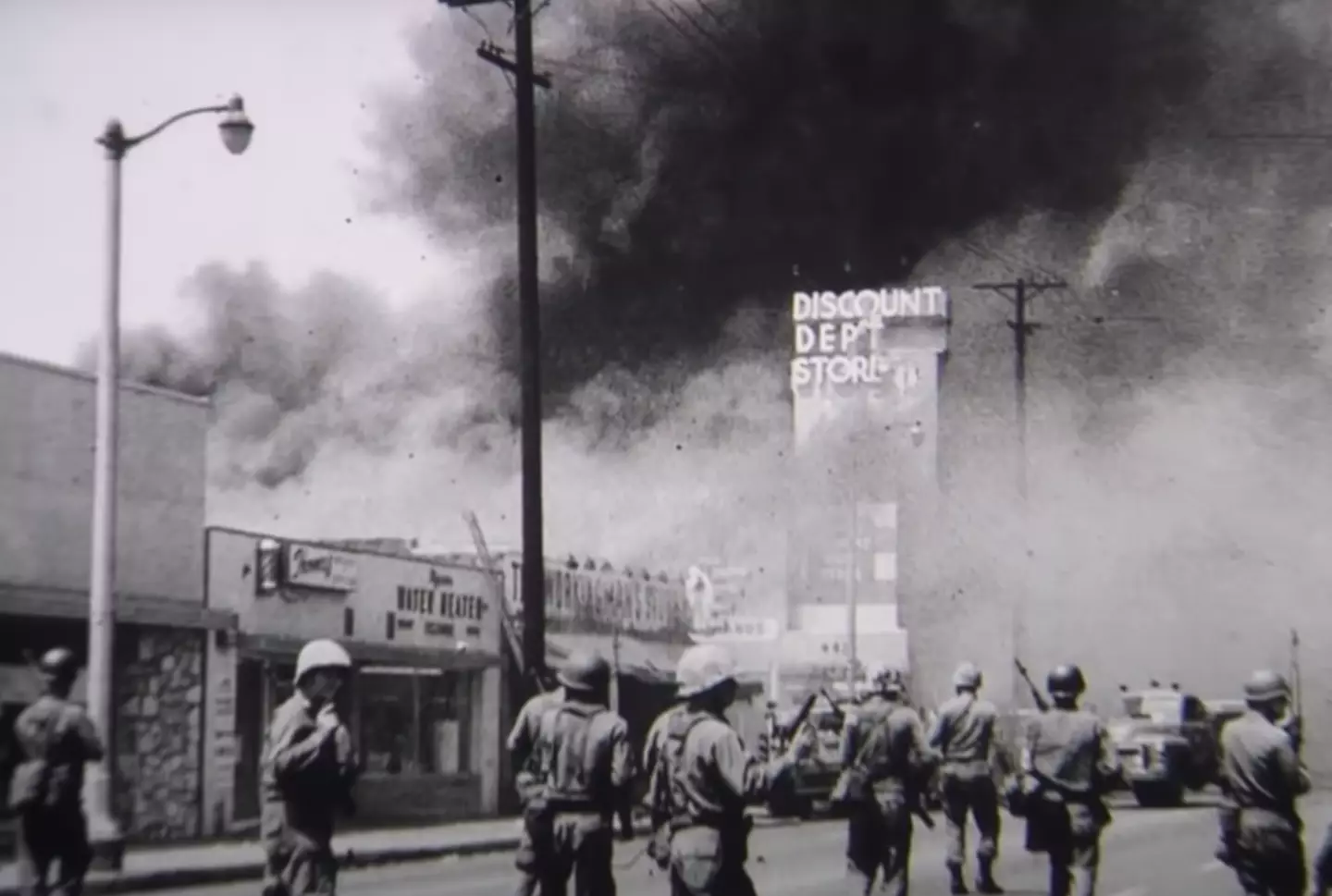
According to the documentary, over the decades-long feud between the two gangs, more than 15,000 people have been murdered, while neighbourhoods are left divided by rigid boundaries drawn between them.
Advert
The documentary starts by looking at the circumstances, such as police brutality and systemic racism, that led to an increased prevalence of gangs in Los Angeles and set the stage for the Watts Rebellion.
The Watts Rebellion was a reaction to police treatment of Black people and broke out on 11 August 1965, lasting for six days.
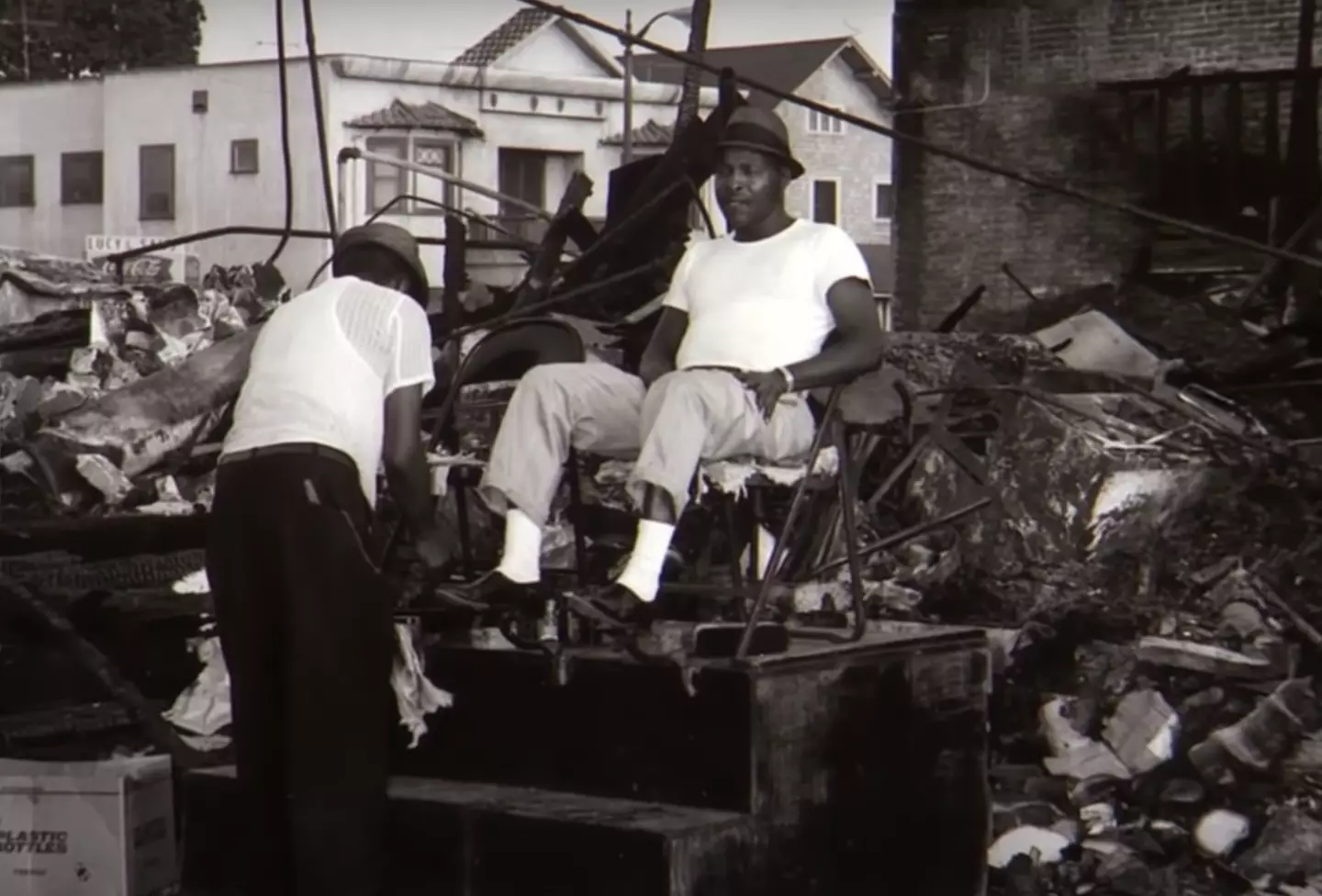
Ron Wilkins, former Slauson gang member - a gang that existed before the Bloods and Crips - noted that the rebellion 'helped to elevate our consciousness' and that 'from '65 till about '71 gang activity in LA was at an all time low because so many young people were joining organisations' that were committed to instigating change.
Advert
These change-driven movements included the Black Panthers and civic programmes.
However, as the documentary notes, the Black power movements quickly found themselves in the cross-hairs of government agencies like the FBI, leading to a number of movement leaders being incarcerated or assassinated.
"They ran them down, they chased them down, they hunted them down, they murdered everybody that they could," a former Slauson member says.
"And when all that was over with, a new element rose up called the Crips."
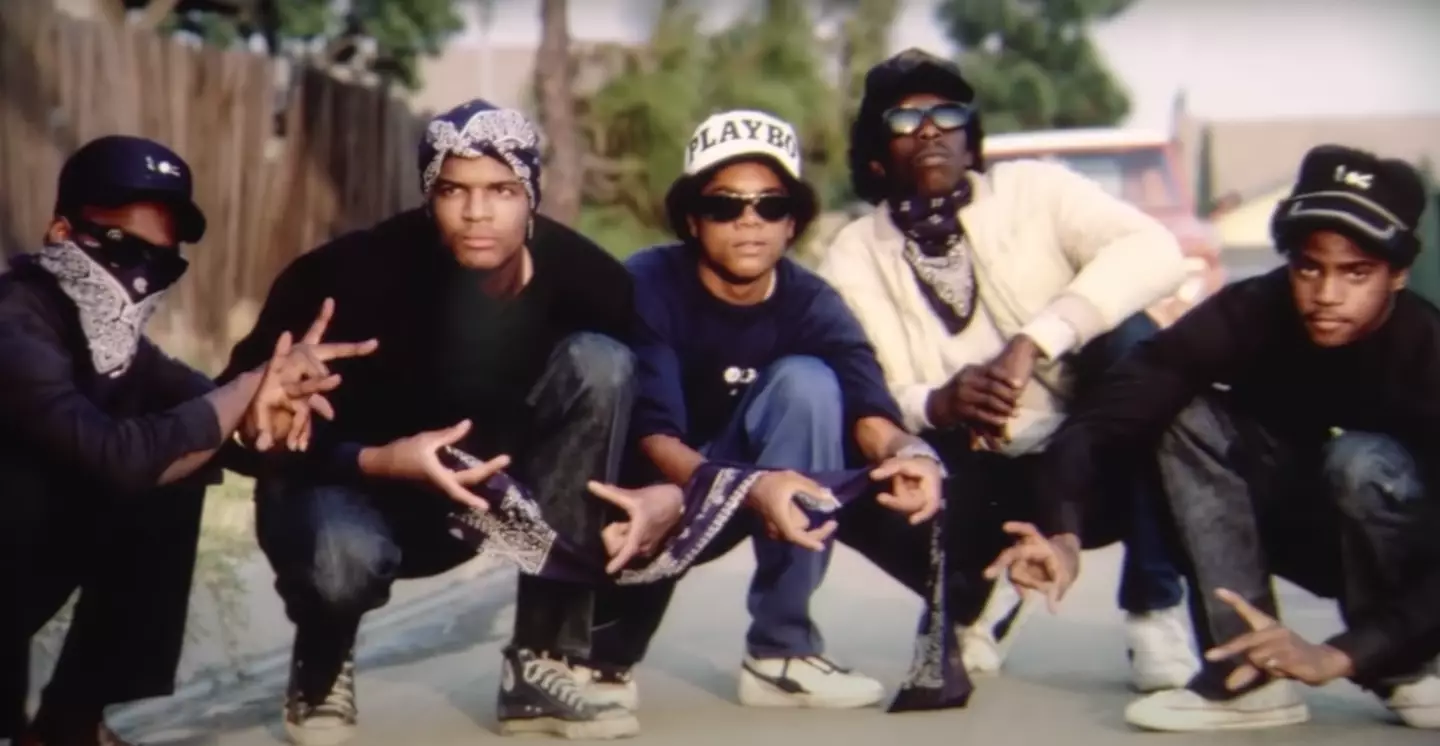
"They were totally disconnected and disenfranchised," he added of the new gang.
Advert
Led by teenager Raymond Washington, the Crips emerged in the late '60s. In response, a number of rivals cropped up in alliance, calling themselves the Bloods; each with their own 'battle flags' - blue for Crips, red for Bloods.
"Part of the mechanics of oppressing people is to pervert them to the extent that they become the instruments of their own oppression," the former Slauson member continued to say of the rivalry between the gangs.
Rival territories were set up across LA, with Crips member Niko De recalling: "certain streets, certain alleys, certain stores, certain parks, were claimed at turfs."
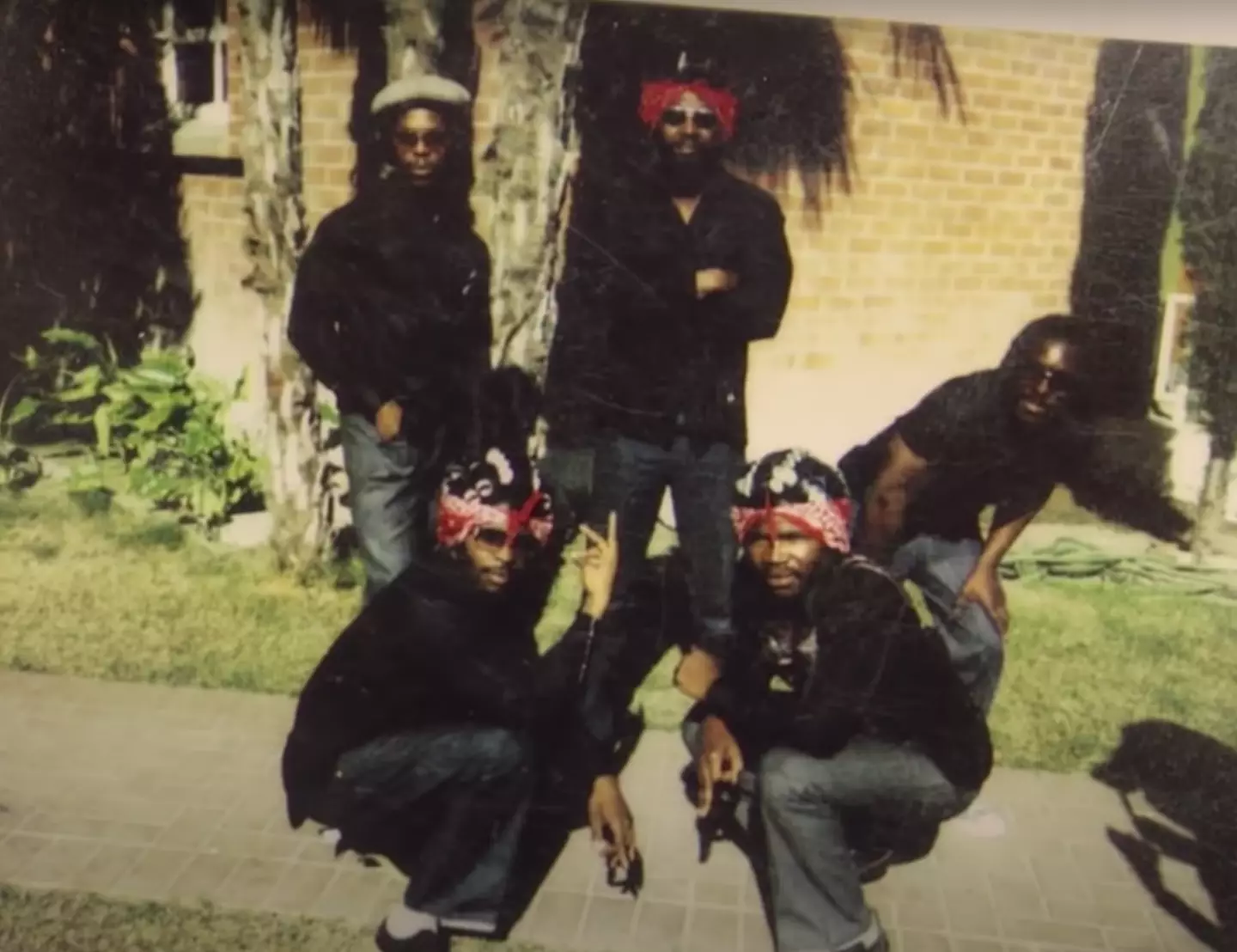
However, the division between certain areas doesn't stop conflict, with one Crips member noting: "We've been burying one of our friends, one of our comrades, and we've had shoot outs at the funeral where another one of our homeboys gets killed, at the funeral."
Advert
One member explained that he used a gun at as young as 13 years old.
Meanwhile, a member of the Bloods said: "I think it's very hard to use a gun against an individual, or another human being, but once you block that part of your mind out, it becomes very easy."
One thing is clear throughout the rivalry that the documentary explores: it has been extremely deadly, something the documentary's director, Stacy Peralta, wanted to question.
"Why is it that young African-Americans have been involved in this spiral of death for over four decades with no viable solution in sight?”, Peralta said at the time of the documentary's release, as per the Los Angeles Times.
Advert
If you have a story you want to tell, send it to UNILAD via [email protected]
Topics: US News, Documentaries, Los Angeles
